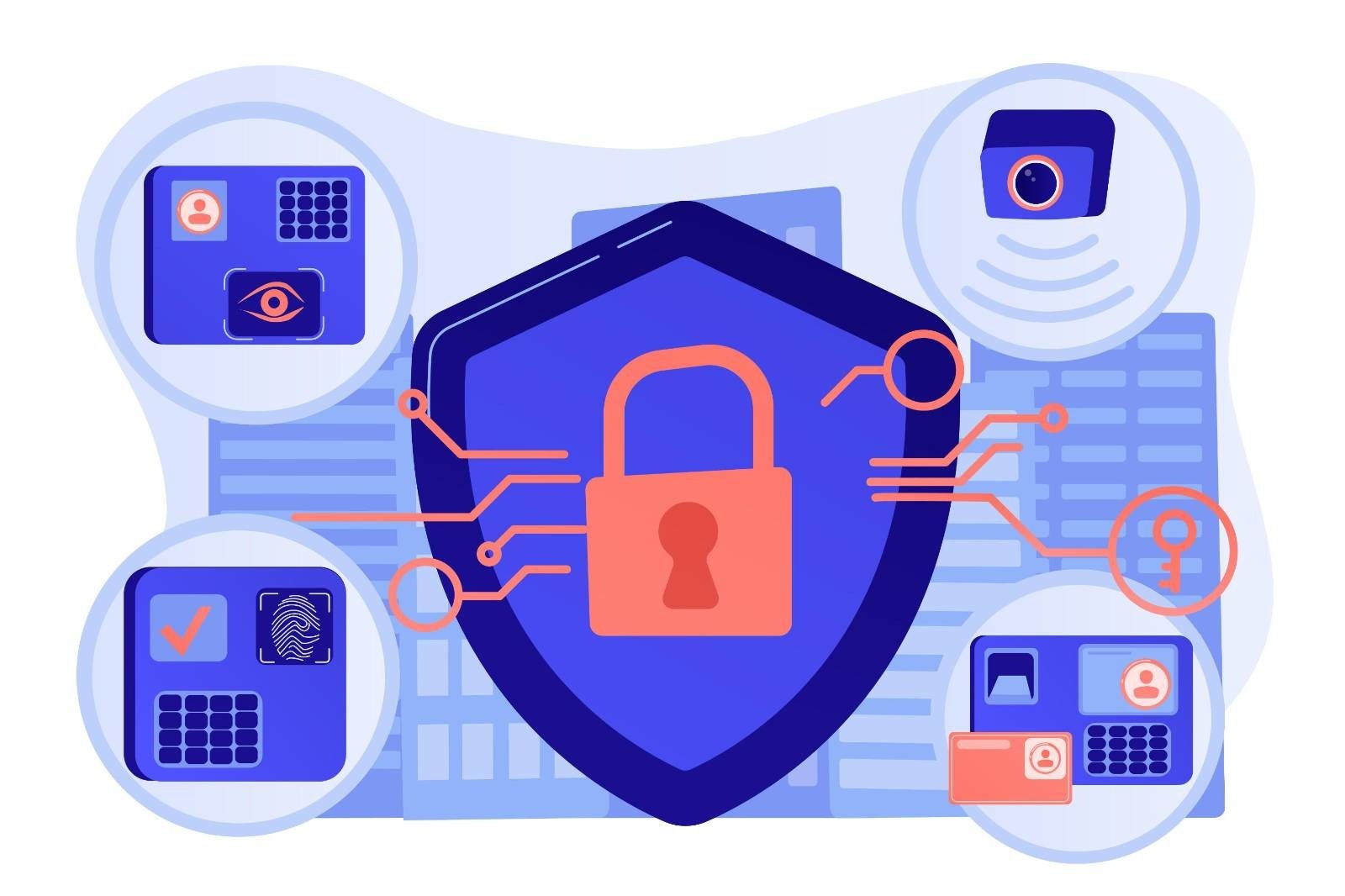Alter Ego Architects: How People Construct New Identities on the Dark Web

Identity is fluid in the hidden world. Freed from surveillance, societal norms, and legal obligations, the dark web offers a blank canvas for those wishing to paint new versions of themselves. Here, being anonymous is not simply a security measure — it becomes a creative act.
Constructing an alter ego underground enables:
- Freedom from real-world constraints
- Exploration of hidden parts of the self
- Protection from judgment and retribution
- Participation in specialized communities under crafted personas
On the dark web, anyone can be anyone — if they are skilled enough to build and maintain the illusion.
Foundations of a New Identity: The Building Blocks
Creating a convincing alter ego requires more than picking a username. Successful personas are built with layered details, consistent behaviors, and carefully guarded secrets.
Core Elements of a Dark Web Persona
- Username and Alias: Carefully chosen to match the intended community and activities.
- Avatar and Visual Identity: Sometimes minimal; other times, elaborately crafted art or symbolism.
- Backstory: A believable personal history that can stand up to casual scrutiny.
- Behavioral Patterns: Posting style, language quirks, and interaction habits that must stay consistent.
Many underground users maintain multiple alter egos simultaneously, a tactic called "compartmentalization," ensuring that if one identity is compromised, others remain intact.
Masks with Meaning: Different Roles for Different Communities
Not every alter ego is designed for the same purpose. People create identities that suit specific goals, communities, or emotional needs.
Types of Dark Web Personas
- The Vendor: A merchant identity selling goods or services in underground markets.
- The Activist: A political voice advocating for causes from behind a mask.
- The Explorer: A neutral presence, studying communities or gathering knowledge.
- The Trickster: A scammer or social engineer exploiting trust.
Each identity type demands its own operational security practices and social strategies to survive.
Building Reputation: The Currency of the Underground
An alter ego is only as powerful as its reputation. On the dark web, where real-world credentials mean nothing, trust is built slowly through action and consistency
Methods for Establishing Credibility
- Providing Value: Offering goods, services, or insightful content.
- Maintaining Consistency: Keeping language, behavior, and attitude aligned with the persona.
- Participating in Vetting Processes: Submitting to background checks or reputation verifications on exclusive forums.
- Avoiding Mistakes: A single slip — wrong timezone reference, unmatched IP patterns, revealing real-life information — can destroy months or years of careful construction.
In elite marketplaces and private forums, reputation can outweigh even anonymity; a trusted identity becomes a prized asset.
Psychological Impact: Living Through a Mask
Living through an alter ego for long periods shapes not only online behavior but also internal psychology. For some, the dark web persona becomes a second skin.
Psychological Effects of Sustained Role-Playing
- Identity Splitting: Separating offline and online selves so thoroughly they feel like distinct individuals.
- Empowerment: Discovering aspects of personality suppressed in daily life.
- Disassociation: Feeling detached from both real-world and online identities after prolonged compartmentalization.
Studies on online role-play environments suggest that adopting a secondary identity can reduce social anxiety, promote creativity, and sometimes create new emotional challenges.
Risks of Exposure: How Alter Egos Fall Apart
No matter how carefully constructed, alter egos face constant threats. Operational mistakes, malicious insiders, and technical exploits can unravel even the most disciplined persona.
Common Triggers for Identity Collapse
- Cross-Identity Contamination: Using the same writing style or speech patterns across different personas.
- Metadata Leaks: Images, documents, or files carrying embedded location or device information.
- Behavioral Predictability: Repeating unique habits that allow profiling and linkage between accounts.
- Technical Slip-Ups: Connecting through an unsecured network or failing to update anonymity tools.
Veteran users often rotate identities, intentionally abandoning well-established personas before weaknesses can accumulate.
Tools of the Architect: Technology Behind the Mask
Constructing and maintaining alter egos relies heavily on a specialized digital toolkit designed to prevent tracking and profiling.
Essential Tools for Identity Construction
- Virtual Machines: Separate virtual environments for each persona.
- Tor, I2P, and VPN Chains: Layered anonymization to hide real locations.
- Secure Messaging Apps: Using end-to-end encrypted channels with distinct accounts for each identity.
- Cryptographic Pseudonyms: Cryptographic signatures proving continuity without revealing real-world ties.
By combining technological discipline with psychological resilience, alter ego architects thrive in a world where nothing is as it seems.
